This
hissing, bubbling Alaska lake is frightening scientists
24
September, 2018
ABOVE
THE ARCTIC CIRCLE, ALASKA - Katey Walter Anthony has studied some 300
lakes across the tundras of the Arctic. But sitting on the mucky
shore of her latest discovery, the Arctic expert said she’d never
seen a lake like this one.
Set
against the austere peaks of the western Brooks Range, the lake,
about 20 football fields in size, looked like it was boiling. Its
waters hissed, bubbled and popped as a powerful greenhouse gas
escaped from the lake bed. Some bubbles grew as big as grapefruits,
visibly lifting the water’s surface several inches and carrying up
bits of mud from below.
This
was methane.
As
the permafrost thaws across the fast-warming Arctic, it releases
carbon dioxide, the top planet-warming greenhouse gas, from the soil
into the air. Sometimes, that thaw spurs the growth of lakes in the
soft, sunken ground, and these deep-thawing bodies of water tend to
unleash the harder-hitting methane gas.
But
not this much of it. This lake, which Walter Anthony dubbed Esieh
Lake, looked different. And the volume of gas wafting from it could
deliver the climate system another blow if lakes like this turn out
to be widespread.
The
first time Walter Anthony saw Esieh Lake, she was afraid it might
explode - and she is no stranger to the danger, or the theatrics, of
methane. In 2010, the University of Alaska Fairbanks posted a video
of the media-savvy ecologist standing on the frozen surface of an
Arctic lake, then lighting
a methane stream on fire to
create a tower of flame as tall as she is. It got nearly half a
million views on YouTube.
So
now, in the Arctic's August warmth, she had come back to this
isolated spot with a small research team, along with her husband and
two young sons, to see what secrets Esieh Lake might yield. Was it
simply a bizarre anomaly? Or was it a sign that the thawing Arctic
had begun to release an ancient source of methane that could worsen
climate change?
One
thing she was sure of: If the warming Arctic releases more
planet-warming methane, that could lead to. . . more warming.
Scientists call this a feedback loop.
"These
lakes speed up permafrost thaw," Walter Anthony said. "It's
an acceleration."
There
was only so much the team would learn from the instruments they had
hauled here. To get a firsthand look, they would have to get in.
They'd
brought their wet suits.
Arctic lakes that don’t freeze
Walter
Anthony, who grew up close to Lake Tahoe, was captivated by Arctic
lakes at 19, when she spent a summer at Siberia’s picturesque Lake
Baikal.
"I
love the solitude of remote lakes and the mystery of what lies
beneath the water surface."
Two
decades and several academic degrees later, she was asked by a Native
Alaskan group, the NANA Regional Corporation, to search for methane
seeps in northwest Alaska, since the gas, despite its climate
downsides, could provide a fuel source for remote communities.
How
do you find a lake in Alaska that leaks methane? Well, there's one
telltale sign: They don't fully freeze over.
In
April 2017, Walter Anthony put out word among residents of Kotzebue
that she was looking for weird lakes. An email that month from a
pilot led her to the Noatak region, not far above the Arctic Circle.
Last September, she made her first visit to the lake - set against
sloping hills covered with rust-colored mosses and blueberry bushes.
She brought her family and a graduate student to the spot, so remote
it required several days of camping and was completely off the grid.
At
first, the sheer volume of gases at Esieh Lake was slightly
terrifying, but as Walter Anthony grew accustomed to the lake's
constant spluttering, her fear gave way to wonder.
Her
sounding devices picked up huge holes in the bottom of the lake.
Pockmarks, she called them, “unlike anything I’ve ever seen in
any Arctic lake.”
Most
of Esieh is quite shallow, averaging only a little over three feet
deep. But where the gas bubbles cluster, the floor drops suddenly, a
plunge marked by the vanishing of all visible plant life.
Measurements
showed that the lake dips to about 50 feet deep in one area and
nearly 15 feet in another. When they first studied them, Walter
Anthony and her graduate student Janelle Sharp named these two seep
clusters W1 and W2, short for "Wow 1" and "Wow 2."
The
next discovery came from the lab.
When
the scientists examined samples of the gases, they found the chemical
signature of a "geologic" origin. In other words, the
methane venting from the lake seemed to be emerging not from the
direct thawing of frozen Arctic soil, or permafrost, but rather from
a reservoir of far older fossil fuels.
If
that were happening all over the Arctic, Walter Anthony figured - if
fossil fuels that had been buried for millennia were now being
exposed to the atmosphere - the planet could be in even deeper peril.
Deeper peril
For
the second trip, Walter Anthony had brought a larger team of
researchers, more equipment and her family - her husband, Peter
Anthony, and sons, Jorgen, 6, and Anders, 3.
The
team brought instruments for sampling gases, four inflatable boats,
large crates of food, eight tents, a satellite phone for emergencies,
and two shotguns. As with much of the Alaskan wilderness, the lake is
frequented by grizzly bears, and the bear scat around the camp kept
everyone keenly aware of their surroundings.
A
week before the trip, Walter Anthony had published a major study
delivering worrisome news about Arctic lakes in general. Her husband
- also a scientist at the University of Alaska Fairbanks - was a
co-author.
The
research tackled the central question now animating scientists who
study permafrost soils, which can reach depths of nearly 5,000 feet
and were laid down over tens of thousands of years or more as
generations of plants died and sank beneath the surface. Because of
the cold, those carbon-rich remains never fully decomposed, and the
soil preserves them in an icy purgatory. Now, though, as the Arctic
warms, decomposition is starting up - and it gives off greenhouse
gases.
Scientists
know the permafrost contains an enormous amount of carbon - enough to
catastrophically warm the planet if it were all released into the
atmosphere. But they don't know how fast it can come out and whether
changes will be gradual or rapid.
That's
where Walter Anthony's work came in.
The
authors examined the prevalence of thermokarst lakes, which form when
the wedges of ice within permafrost melt and create voids that then
fill with water. And they found that the continuing growth of these
lakes - many of which have already formed in the tundra - could more
than double the greenhouse gas emissions coming from the Arctic’s
soils by 2100. That’s despite the fact that the lakes would cover
less than 6 percent of the total Arctic land surface.
Scientists
have been puzzling over a dramatic spike in atmospheric methane
levels, which since 2006 have averaged 25 million tons more of the
gas per year. Walter Anthony's study found that Arctic lakes could
more than double this increase as well.
Overall,
if Walter Anthony's findings are correct, the total impact from
thawing permafrost could be similar to adding a couple of large
fossil-fuel-emitting economies - say, two more Germanys - to the
planet. And that does not take into account the possibility of more
lakes like Esieh, which appears to be a different phenomenon from
thermokarst lakes, emitting gases faster.
The
landscape around Esieh Lake itself bears the mark of rapid
thermafrost thaw.
Along
the shore, a large section of the hillside had collapsed, a change
that, according to two members of the team, had occurred just since
May, when they were last here.
This
"thaw slump" was a textbook example of fast-moving
permafrost thaw. It had left behind an exposed wall of muddy ice and
small islands of peat and mosses.
“It’s kind of freaky”
If
it weren’t for the bubbles, the large patches of silty water they
create and the slightly unsettling fact that you could light the
emerging gases on fire (at one point, Walter Anthony did just that),
Esieh Lake might be an idyllic scene. But these features, combined
with the fact that it appears to be frequented by grizzly bears,
render it more alien than bucolic.
But
Walter Anthony and her research technician Philip Hanke, 25, were
determined to explore it from within. On the second day of the trip,
they donned wet suits and snorkels and plunged into the cold water,
which was below 60 degrees.
They
wanted to see the methane seeps up close and learn what they could by
swimming among the bubbles.
Hanke
went first, venturing into the more vigorous bubble site, Wow 2.
There was very little visibility. But, groping in the darkness, Hanke
could feel the shape of things.
"It's
kind of freaky," he reported after he surfaced. "Right
where the hole goes in, it slopes, and it's flattened out, and it
coned back down, and that was where some really loose sediment was,
and I could stick my hands into it."
"So
there's different ledges, you're saying?" Walter Anthony asked.
"Yeah,
it was a ledge."
The
second, much deeper site was less murky, more peaceful. Walter
Anthony was still in awe when she came up for air.
"You're
just looking down into this stream of bubbles coming up right into
your face, and they're so soft they go all around you," she
said. "And the sunlight's on them. It's like out of this world
but under this world."
Another
scientist, Frederic Thalasso, had traveled from Mexico City and spent
days taking gas measurements around the lake. His initial results:
Emissions from Esieh were very high - and clearly had something to do
with fossil fuels.
The
lakes where he had witnessed similar bubbling activity were in the
tropics and polluted - ideal conditions for the production of
methane, said Thalasso, a scientist with the Center for Research and
Advanced Studies at the National Polytechnic Institute in Mexico.
But
those lakes have gas flows that are "probably 100 times lower
than in this lake," he said.
His
instruments also detected ethane, butane and propane - classic
signatures of a fossil origin.
Later,
after processing his data, he produced an initial estimate that the
lake was producing two tons of methane gas every day - the equivalent
of the methane gas emissions from about 6,000 dairy cows (one of the
globe's biggest methane sources). That's not enough to be a big
climate problem on its own, but if there are many more lakes like
this one - well, that's another story.
A troubling hybrid
After
four nights of camping, the team packed up to make the two-hour boat
trip to Kotzebue, the first leg on the journey home. Walter Anthony
wouldn’t have all the new data processed for a while, but she did
have a pretty good hypothesis about what is happening at Esieh Lake.
Permafrost
contains a lot of carbon - but in some locations, permafrost soil,
and its characteristic wedges of embedded ice, also sits atop ancient
reserves of fossil fuels, including methane gas. So as the Arctic
warms - which it is doing twice as fast as the rest of the Earth -
these gases could be liberated into the atmosphere.
The
holes in the bottom of Esieh Lake could therefore be an underwater
cousin of odd craters that have appeared in the Siberian tundra in
recent years, suspected to have been caused by underground gas
explosions.
If
this is right, then Esieh Lake becomes a kind of hybrid - and a
worrying one.
It's
not a pure thermokarst lake, though some thermokarst appears to be
forming around the lake's expanding edges, tipping shoreline trees as
the ice in the permafrost melts and the ground destabilizes. But the
thawing of permafrost at the lake bed might also have unleashed older
fossil gases from a reserve that had been sealed - creating another
kind of worrisome lake.
"This
is an additional source," Walter Anthony said.
Carolyn
Ruppel, who leads the Gas Hydrates Project at the U.S. Geological
Survey, said Walter Anthony's theory makes sense. Permafrost thawing
could indeed release ancient fossil fuels in areas where they
intersect.
A
breakfast of cranberries and blueberries picked fresh from the tundra
at Esieh Lake in northwestern Alaska. (Washington Post photo by
Jonathan Newton)
But
it would take more study to prove that this phenomenon is leading to
widespread emissions across the Arctic, she cautioned.
Nobody
knows how long ago the seeps started bubbling or what the trigger
was.
From
a scientific perspective, the fact that these lakes are emitting
methane rather than carbon dioxide does have an admittedly limited
upside.
Methane
hits the atmosphere hard and fast and then mostly dissipates after a
decade or two - far different from carbon dioxide, which is less
potent but lingers for centuries or even millennia. So while methane
impedes climate progress and amps up the planet's immediate
temperature, it does not leave the same long-term legacy.
Meanwhile,
some scientists say they're not sure yet how bad Arctic lakes will be
for the climate or whether they will indeed cause emissions from
permafrost to double.
“It’s
not the final number,” said Vladimir Romanovsky, one of Walter
Anthony’s colleagues at the University of Alaska Fairbanks and a
noted permafrost expert.
At
this point, it would be premature to call Esieh Lake a sign of
climate doom. It is a strange and dramatic site, but its message
remains partly veiled.
The
coming years will probably reveal what's behind Esieh and whether it
has many cousins across the top of the world.
By
then, we may also see whether the Arctic’s great thaw will have
thwarted attempts to stop global warming.
Chris
Mooney covers climate change, energy, and the environment for The
Washington Post. He has reported from the 2015 Paris climate
negotiations, the Northwest Passage, and the Greenland ice sheet,
among other locations, and has written four books about science,
politics and climate change.




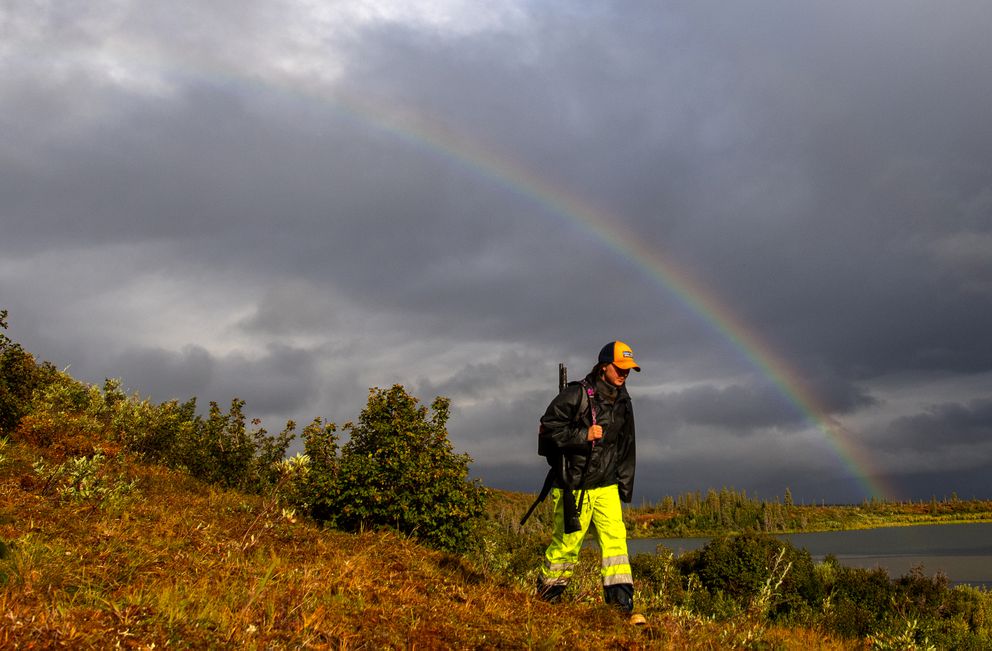
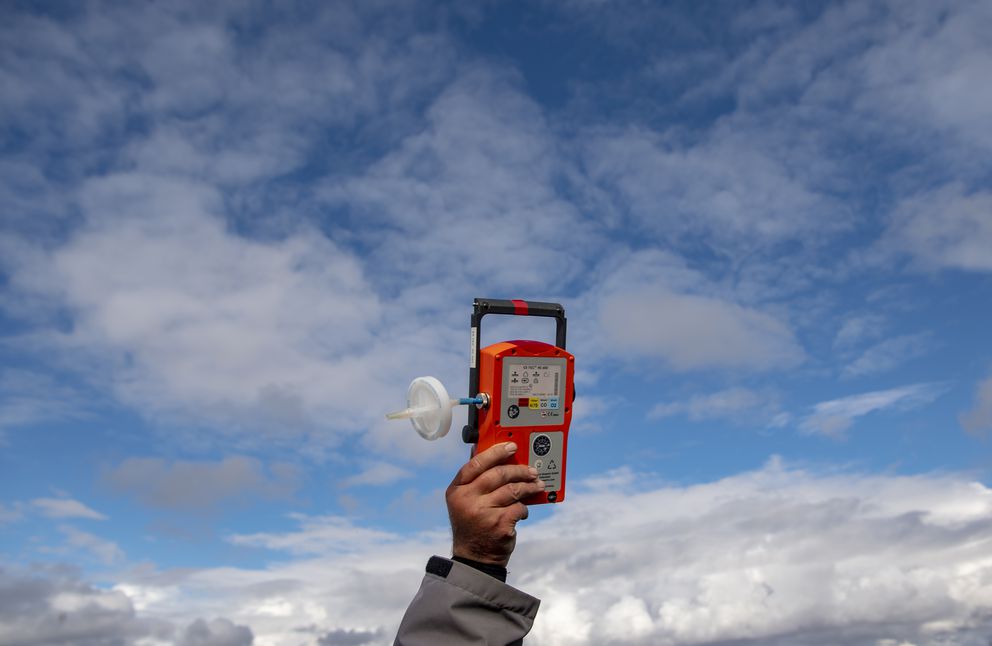
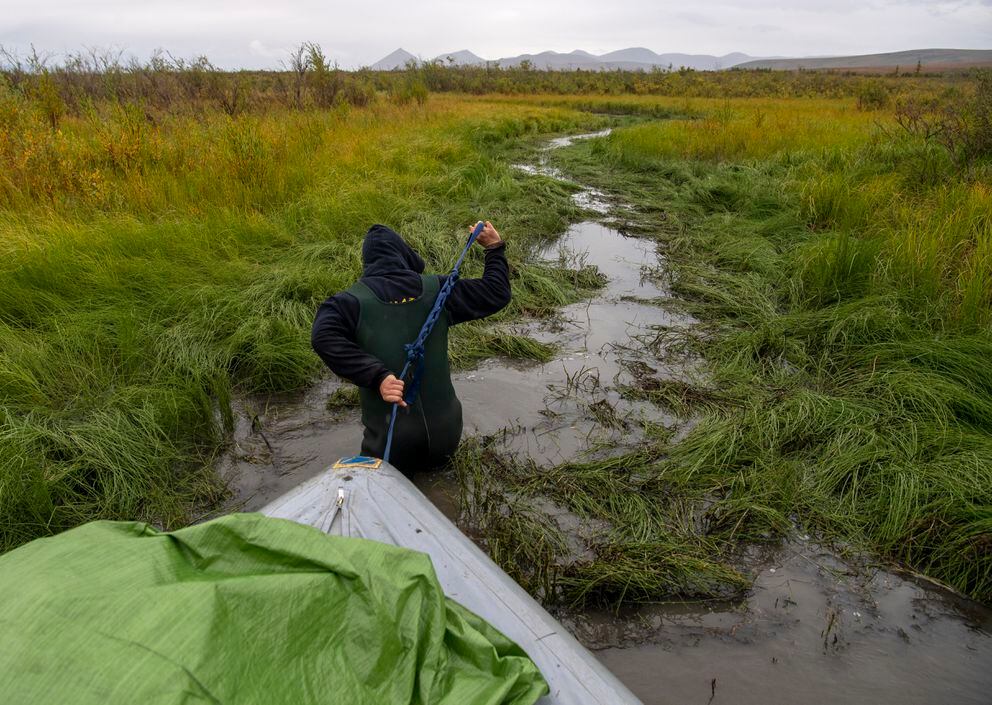
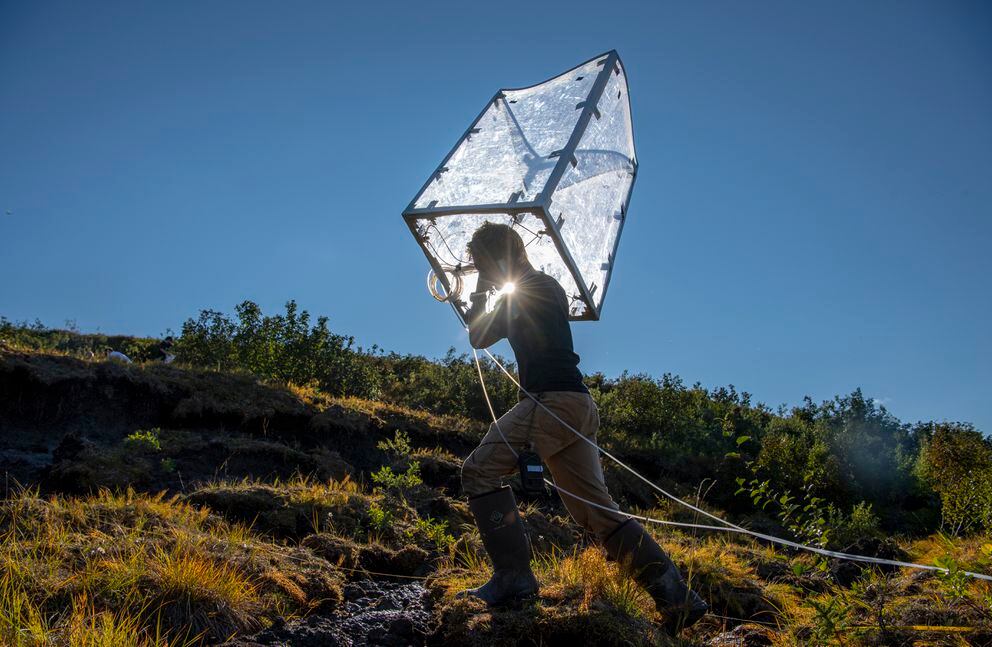
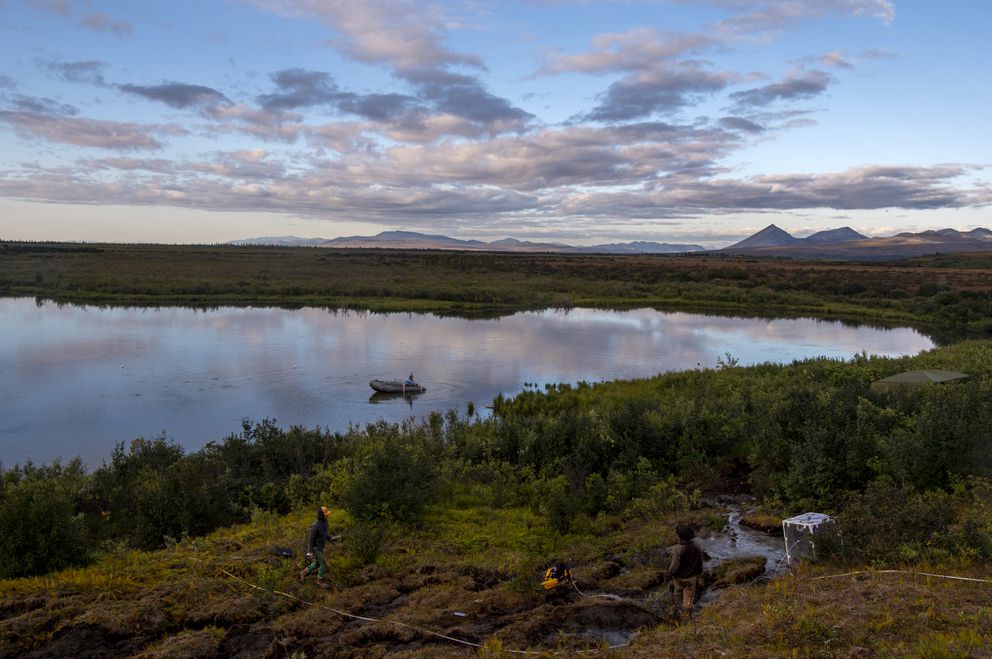
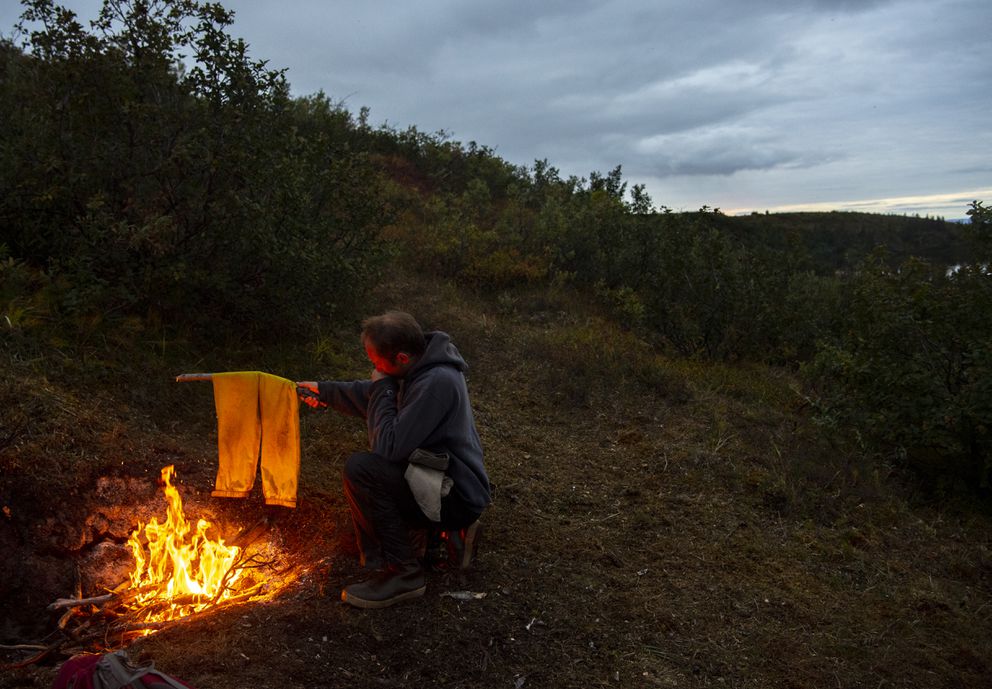

Another great article.....keeping our eye on the ball....we can thank scientists like this....for the work they are doing
ReplyDelete